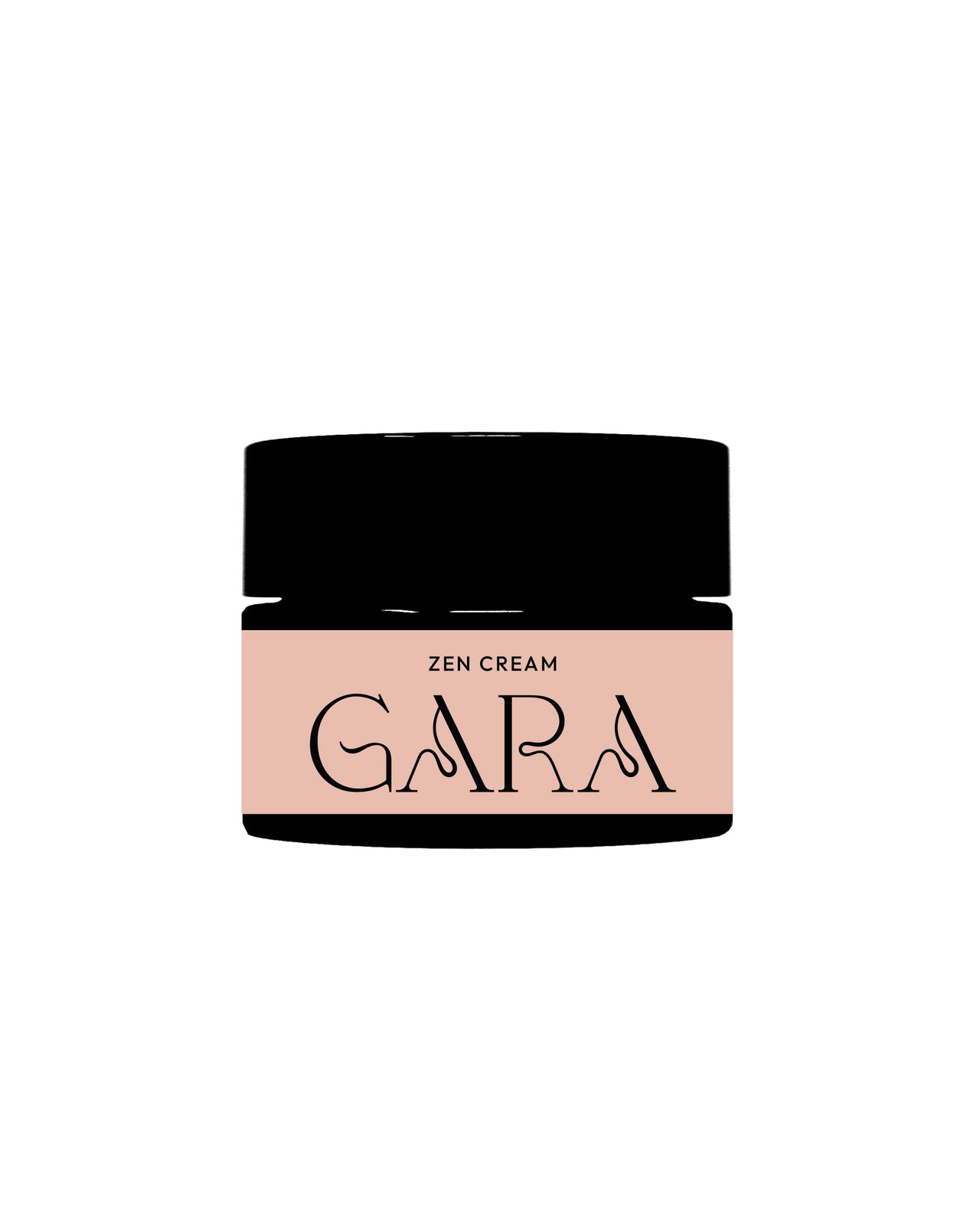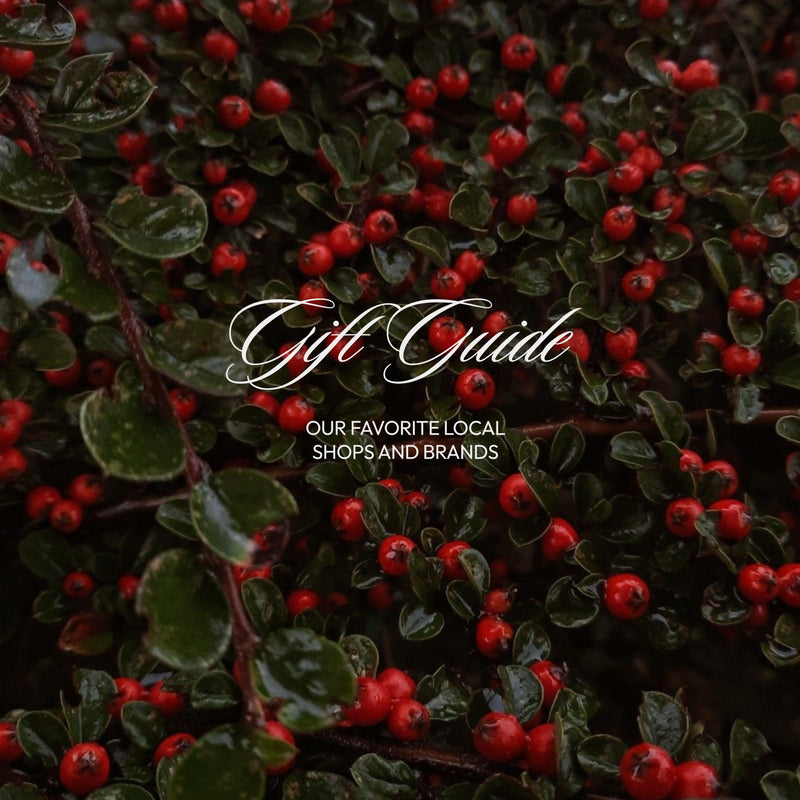In ancient ethical theories of classical philosophy, we find the notion of the sage, the ideally virtuous person. The word is derived from the ancient Greek ho sophos, which also translates as “the wise person.” In many of these discussions, “the sage” is interchangeable with ho agathos, “the good person” and ho spoudaios, “the virtuous person.”
The ancient Greek philosophers extensively explored this topic and in Plato’s Symposium, Socrates eloquently explains what a sage truly is. By first analyzing the concept of love, Socrates states, love is that which lacks the object it seeks. The Greek word for philosopher means lover of wisdom. He concluded that the main difference between a sage and a philosopher was that the sage had obtained that which the philosopher seeks. The philosopher is the lover of wisdom, the one who seeks it. The sage is one who has obtained that wisdom, fully embodied in the practice of being a “good person.”
The notion of the sage arises again with the work of Carl Jung in modern psychology. Jung was aware of the influence of myth, symbols and cultural tradition on the human psyche. He explored several theories of the unconscious and greatly influenced the study of psychology as we know it today.
In ancient Greek, the term “archetype” means original pattern. Jung used the concept of the archetype in his study of the human psyche. He identified 12 universal, mythic character archetypes that reside within the collective unconscious. Jung incorporates the sage into the 12 archetypes of man which represent the range of basic human motivations.
Jung’s 12 archetypes of man are:
Ruler
Creator/Artist
Sage
Innocent
Explorer
Rebel
Hero
Wizard
Jester
Everyman
Lover
Caregiver
The Jungian archetype of the sage is one who seeks truth. They are intelligent and analytical. They seek to understand the world. Sages seek out information and wisdom. They can get stuck in the details and have a fear or being misled or ignorant. Sages often become researches, scholars, detectives, mentors, philosophers or academics.
The beauty of Jung’s 12 archetypes is that they all live in each of us. Everyone has a core archetype, but each one of them can be accessed and employed. Sometimes, they emerge when we aren’t expecting it, or when we are upset, angry or fearful. Every aspect of our selves is influenced by the conscious and the unconscious, both individual and collective. Can you access your inner sage? Can you draw from the inner knowing and wisdom that already resides in you?
It is no coincidence that the word sage means wisdom and knowledge and the plants that carry the same nomenclature fully embody those traits. The native Chumash have used several varieties of sage for healing and ceremony for thousands of years. White sage, salvia apiana, grows no-where else in the world except southern California and Mexico. Traditional Chumash medicine woman Celia Garcia shares, “It is our everyday plant. It is a spirit plant. If you don’t have it, everything is going to bother you. You drink it by putting a leaf in cool water every day. You are going to be calm enough to be rational. It will enhance any medicine you take and protect you from the toxicity of medicine. It tickles your spirit, your conscience, and helps you keep your integrity.”
The smoke of the white sage is also part of its medicine. The leaves are burned or smudged to invite good spirits and to drive evil spirits away. Celia Garcia shares with us again, “When you burn white sage, you have to pray. You are supposed to be healing someone. You’re supposed to be at attention because white sage is our protection. If you’re not praying, someone is not being protected.”
The Four Sages is an invitation to explore the psyche through the scent of four sacred sages. Our sense of smell is directly linked to limbic system, the emotional processing center in the brain. Through scent, you have an opportunity to take a journey into your inner world and the unconscious. You have the invitation for an unobstructed view of your own inner landscape. Let the scent guide you to that place of wisdom and peace within.










